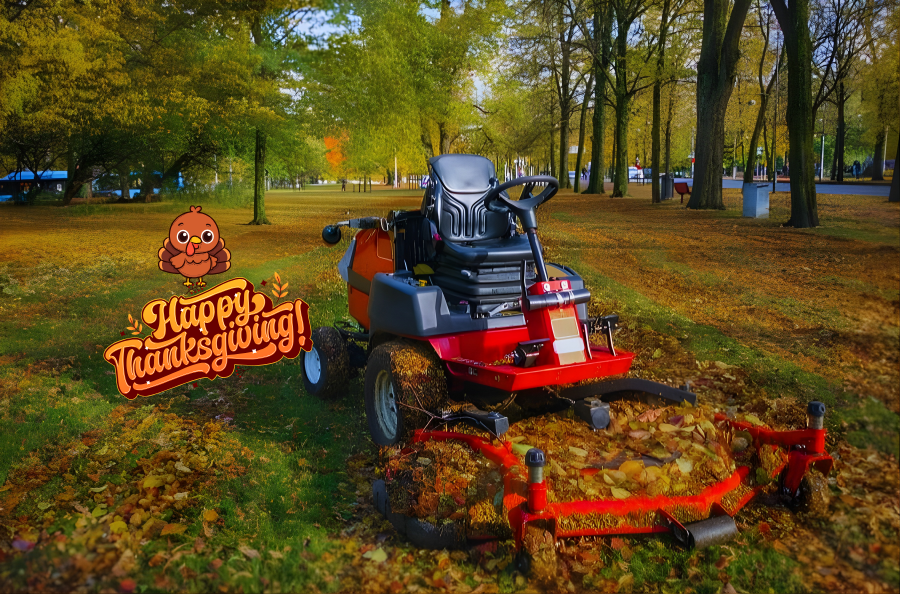
Mastering Mulch: Techniques to Improve Soil and Reduce Maintenance Sep 08, 2025
To begin with, let's explore what mulch truly is. Mulch is a layer of material, either organic or inorganic, applied to the surface of soil. Organic options include wood chips, shredded bark, straw, or compost, which decompose over time and enrich the soil. Inorganic varieties, such as gravel or rubber, improve aesthetic appeal and longevity but do not provide nutrients.
The primary advantages of mulching revolve around its ability to regulate soil temperature and moisture. By acting as a buffer, mulch helps retain moisture during hot weather, reducing the need for frequent watering—a significant benefit during peak heat in summer. Moreover, mulch acts as an insulator, protecting plant roots from extreme temperatures, and thus extending the growing season.
Weed control is another compelling reason to incorporate mulch into your landscaping strategy. A thick layer of mulch, about 2-3 inches deep, effectively suppresses weeds by blocking sunlight, thereby inhibiting their growth. This leads to less competition for water and nutrients among your plants, resulting in a healthier garden with less manual intervention required.
In terms of soil improvement, mulching provides organic matter that breaks down over time to promote a rich, fertile foundation. This nutrient-rich layer encourages beneficial microbial activity, which plays a pivotal role in sustaining soil health. As a result, your flowers, shrubs, and trees will have access to the vital nutrients they need to thrive.
Now, let's delve into some best practices for applying mulch. Start by thoroughly weeding the area and removing debris to ensure the mulch layer is effective. When applying mulch around trees and shrubs, be cautious to form a donut shape rather than piling it against the trunk, which can lead to rot and pest issues. Maintain a space of a few inches from plant stems to promote air circulation and prevent disease.
It's important to choose the right type of mulch based on your garden's needs and personal preferences. For those seeking to improve soil fertility, organic options are best. For those prioritizing aesthetics and long-term coverage, inorganic mulches may be preferred. Consulting with an expert at HillyGoat Lawn Care can help tailor the choice to suit the specific needs of your landscape.
Regularly replenishing mulch is crucial, as it naturally decomposes and compacts over time. A seasonal check before major weather changes, such as summer or winter, will ensure your garden remains protected and looks its best throughout the year.
In conclusion, mastering the art of mulching with the help of HillyGoat Lawn Care can drastically enhance the function and appearance of your landscape. Not only does it reduce maintenance, but it also fosters a healthier garden environment. By applying the techniques discussed here, your garden will not only look more inviting but will also require less effort to maintain its lush beauty. Embrace these practices and watch your garden thrive while you enjoy the ease and benefits they bring.
/filters:no_upscale()/media/9213c6e8-cf98-473a-855e-7b49a54eae45.jpg)
/filters:no_upscale()/filters:format(webp)/media/2327d804-ba3c-4e6a-96cd-f5bd400f8652.png)